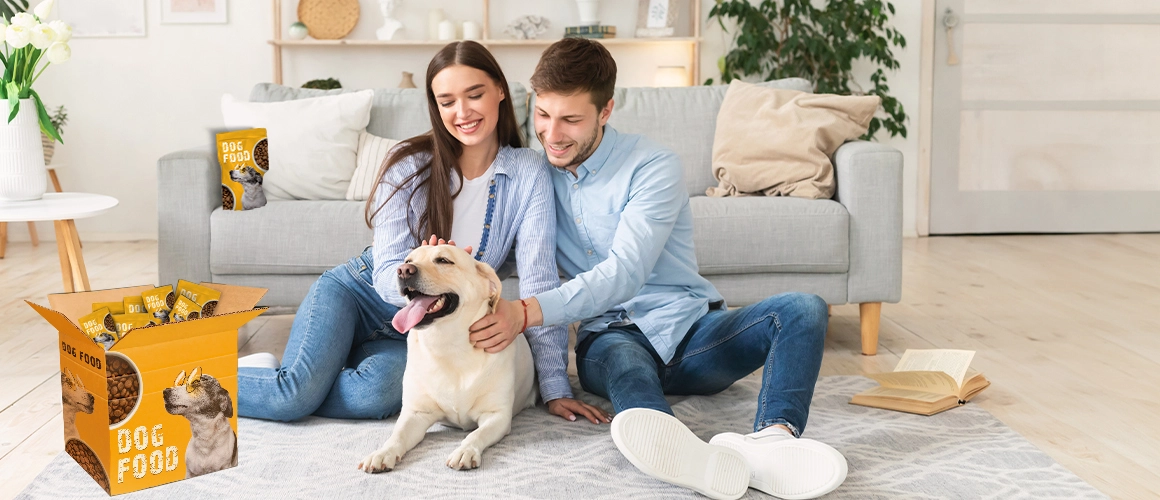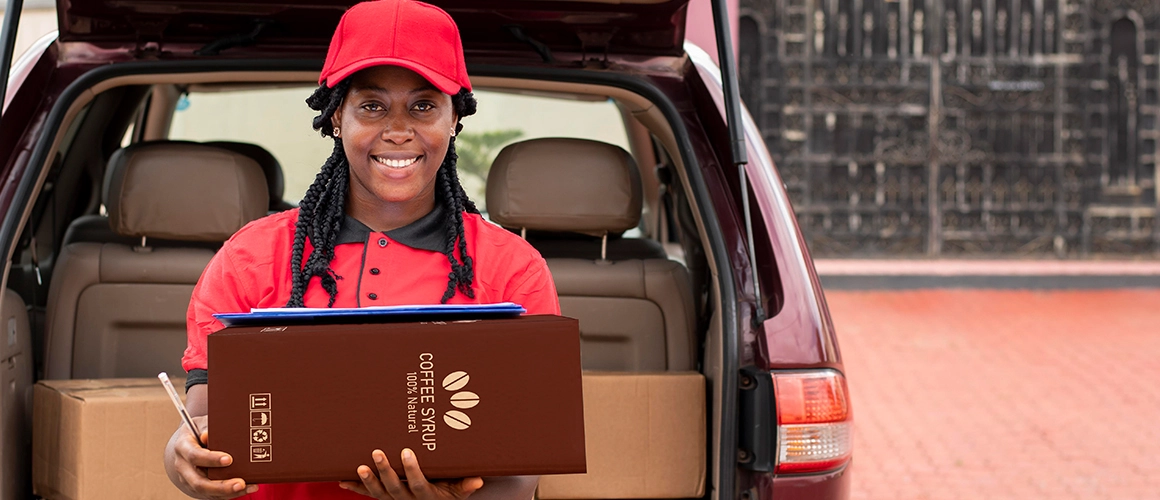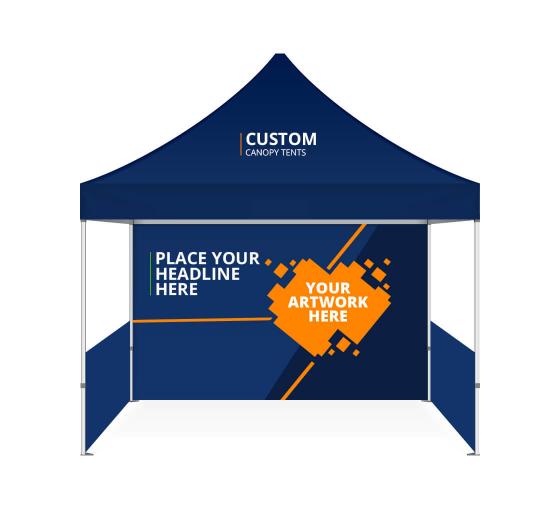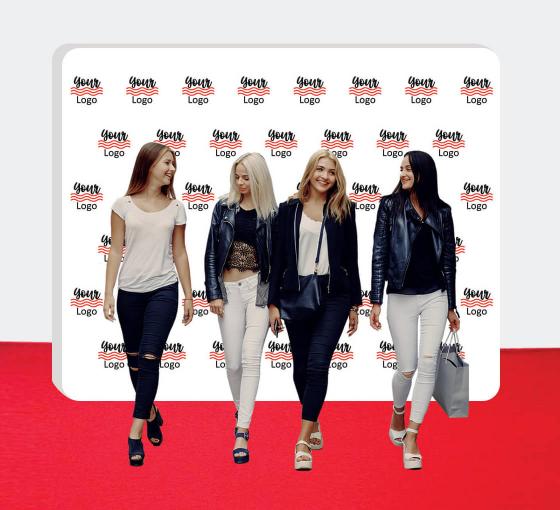In the fast-paced world of e-commerce and global trade, packaging plays a crucial role in ensuring products reach their destination intact. Corrugated boxes provide efficient protection for products, and many businesses are adopting right-sized boxes to minimize material waste. The shape of these packaging boxes facilitates neat stacking, allowing for optimal space utilization during shipping. This, in turn, enables companies to transport more products in fewer vehicles, making a significant contribution to reducing their carbon footprint.
Further, the manufacturing process of corrugated boxes requires less energy compared to alternative packaging materials. The simplicity of production and the use of recycled content further contribute to a smaller ecological footprint.
What Is Corrugated Cardboard?
Corrugated cardboard is crafted from “corrugated paperboard,” featuring multiple layers with rows of airy columns nestled within the walls. These columns provide enhanced strength compared to standard cardboard, with the air pockets serving as a protective cushion for enclosed items. The corrugated design imparts both resilience and flexibility, making it particularly well-suited for packaging applications.
What Does Corrugation Mean?
The term “corrugation” in cardboard packaging refers to the intricate process of layering paper to fashion a robust structure suitable for secure shipping and handling. A central layer of paper undergoes steaming and shaping into undulating patterns, forming columns of air known as “flutes” between the outer layers. Subsequently, these three layers are amalgamated to give rise to the distinctive shape of the corrugated box.
Reasons to Choose Custom Corrugated Boxes for Packaging Needs

Consider incorporating corrugated packaging into your business strategy for responsible sourcing and environmental considerations. Here’s how it can benefit your business:
Protection: The fluted texture of corrugated cardboard forms a compact and lightweight protective layer. Unlike single-layer chipboard, often found in cereal boxes and unsuitable for shipping due to their minimal protection, corrugated cardboard packing boxes offer robust defense against the elements, as well as the rigors of travel and shipping. The inclusion of cushioned paper padding inside enhances this protective capability. Notably, corrugated cardboard outperforms plastic or wood alternatives—it is lighter, more cost-effective, and easier to recycle. This makes corrugated cardboard a superior choice both for environmental sustainability and cost-effectiveness.
Printing: Customized printing is a common practice for boxes used in the global cycle of shipping, storage, stacking, sales, reuse, repurposing, and recycling. The flat linerboard, composed of paper cardboard, serves as a cost-effective and easily printable surface. This characteristic makes it particularly suitable for showcasing custom graphics on cardboard boxes. Corrugated cardboard shipping boxes seamlessly blend the dual functionality of the wavy inner layer for protection and the flat outer layer for structural integrity and printing. This dual functionality positions printed boxes as the perfect link between marketing and logistics, facilitating the efficient delivery of your product into the hands of customers worldwide.
Recycled Content and Recyclability: Corrugated packaging is advantageous for its high recycled paper content, often sourced from items like cartons or newspapers. After use, these boxes can be recycled, contributing to a sustainable material cycle. Furthermore, most corrugated packaging is produced without dyes or bleaches, facilitating eco-friendly disposal compared to materials containing contaminants.
Renewability: Crafted from paper pulp, corrugated packaging primarily originates from fast-growing pine trees or alternative sources like wood chips and remnants from various paper-making processes. A significant proportion of corrugated packaging comprises 70% to 100% recycled material. Suppliers often derive materials from responsibly managed forests, replenishing harvested trees with seedlings to promote sustainable practices.
Reusability: Corrugated packaging not only excels in recyclability and renewability but also lends itself to reusability. Many corrugated case designs like multi depth boxes are easily collapsible and fully reusable, offering businesses a means to reduce packaging costs and environmental impact. The durable nature of corrugated packaging allows for repeated use, and consumers can repurpose boxes for document storage or as floor protectors during redecoration before eventually recycling them.

Energy Efficiency: The substantial recycled content in corrugated packaging translates to lower energy requirements during manufacturing. By utilizing locally sourced recycled materials, manufacturers mitigate the environmental impact of transportation, contributing to energy efficiency and reduced carbon emissions.
Eco-Friendly Material: At the heart of corrugated boxes lies their eco-friendly nature. Crafted from a renewable resource – paper – these tall boxes are easily recyclable, making them a champion in sustainability. The recycling process for these boxes is efficient and straightforward, contributing to a circular economy.
Biodegradability: Corrugated boxes are not just recyclable; they are also biodegradable. Unlike some packaging materials that persist in landfills for centuries, corrugated boxes break down naturally, leaving behind minimal environmental impact.
Lightweight but Sturdy: In the world of shipping, weight matters. Corrugated boxes strike the perfect balance – lightweight for cost-effective shipping, yet incredibly sturdy to protect your precious cargo. This lightweight design contributes to reduced fuel consumption during transportation, further lessening the carbon footprint.
Customization for All Needs: Whether you need multi-depth boxes, tall boxes, long boxes, or flat boxes, corrugated boxes can be tailored to your specific requirements. The versatility in design allows for efficient use of materials, reducing waste and ensuring a snug fit for every item.
Multi-Functional Use: Corrugated boxes are not limited to a single-use scenario. They can be repurposed for various applications, from storage to DIY projects, giving them a second life and reducing overall waste. Simple and sleek, flat boxes transform into elegant gift presentations, adding a touch of sophistication to your surprises. Their versatile design allows for easy wrapping and creative customization, making every gift a delight to unwrap.
Compliance with Environmental Regulations: Corrugated boxes align with global environmental standards and regulations. Opting for these sustainable packaging solutions ensures your business complies with eco-friendly packaging requirements, potentially attracting environmentally conscious consumers.
When it comes to packaging, corrugated boxes stand out as the epitome of sustainability. Their eco-friendly material, biodegradability, lightweight yet sturdy design, customization options, printability, multi-functional use, and compliance with environmental regulations make them the ideal choice for businesses looking to make a positive impact on both their bottom line and the planet. So, the next time you ship or receive a package in a corrugated box, remember that it’s not just a box – it’s a commitment to a greener future.
By embracing corrugated packaging, your business can align with sustainable practices, promoting responsible sourcing and environmental consciousness.


 Posted in
Posted in 



